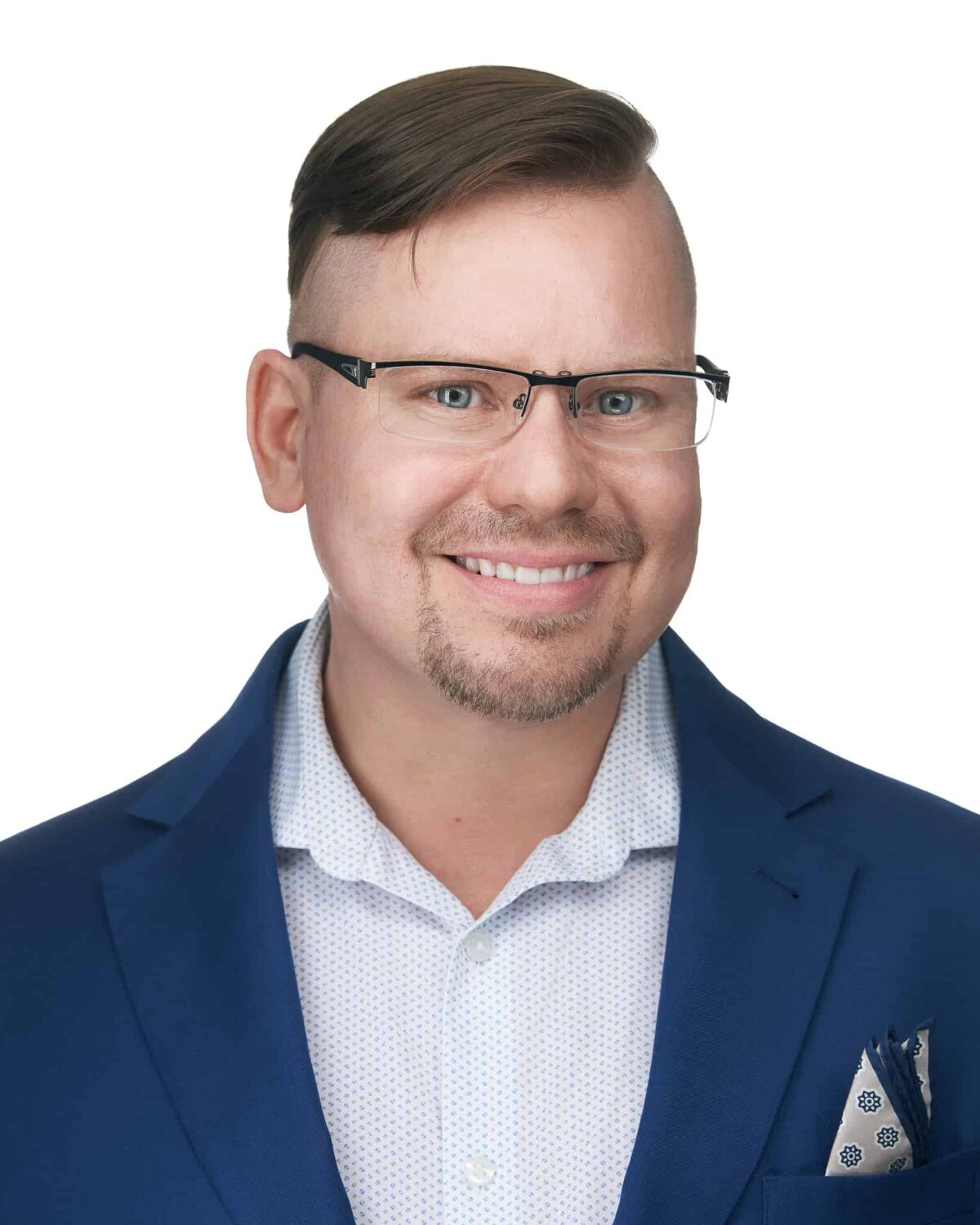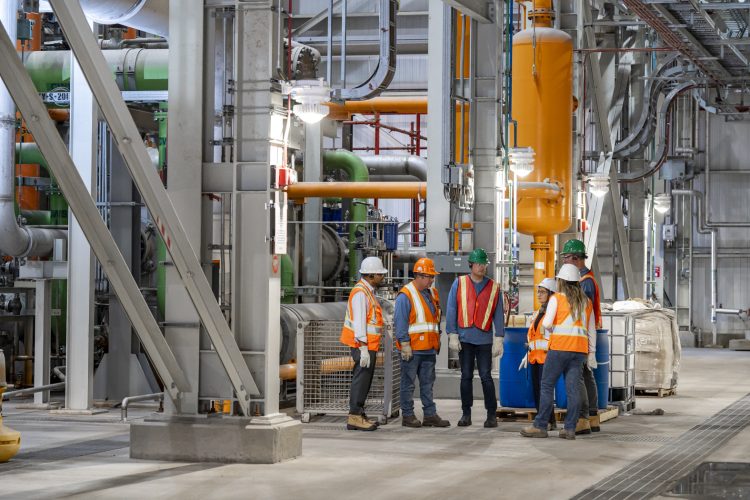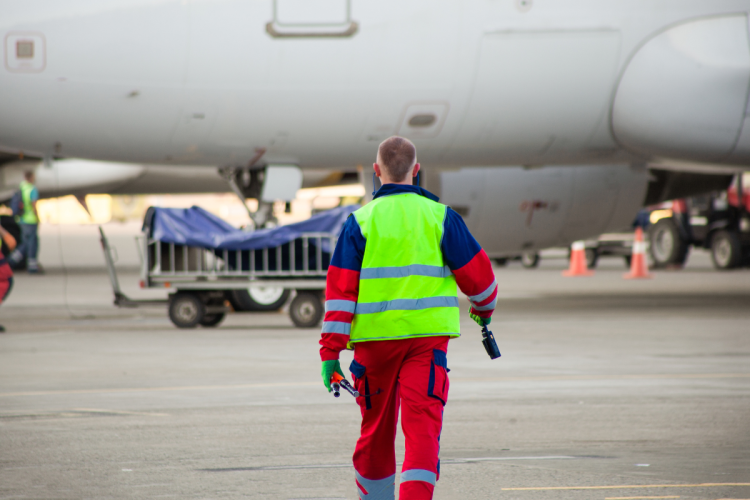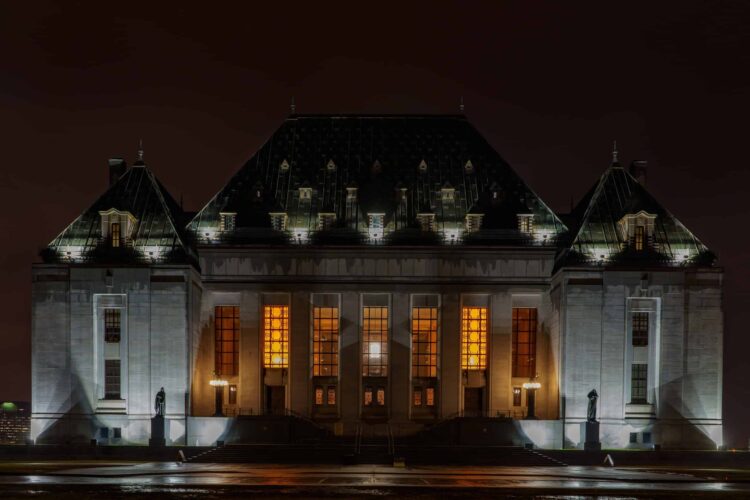An interview with Justin Bourque, President of Athabasca Indigenous Investments

This article appears in our Energy Playbook 2022 Year in Review.
Author: Ken Tennenhouse
Justin Bourque is the President of Athabasca Indigenous Investments, a partnership of 23 First Nation and Metis communities which in 2022 purchased seven pipeline assets from Enbridge. In 2021, Justin was named one of Canada’s Top 20 Dynamic CEOs and in 2022 one of the 10 Most Innovative Business Leaders to Follow. He was the recipient of the JA Northern Alberta Business hall of fame innovator award. Justin was born and raised in the community of Anzac, Alberta, to a family with a proud, traditional Metis heritage. He is the third generation owner of the family trapline.
Q: Tell us a little about yourself
A: I reside out on the trapline as much as possible where I live a sustainable lifestyle. I’m as off-grid as I can be, with solar powering my cabin, and my only fuel reliance is a propane tank to keep the cabin warm when I’m not there. That’s how I was raised and I try to teach my kids that way. I started at the young age of 16 in the oil sands industry as a welding apprentice. I worked myself up through various roles into leadership, project maintenance and turnaround management roles. While working for one of the producers, I found myself dealing with a number of complex and challenging situations. Eventually I landed working for my community, Willow Lake Metis. It was a good fit for me, making use of my experiences with producers and businesses, and being able to promote my community at the same time.
Q: Do Indigenous communities have a role in Canada’s energy future?
A: Absolutely. Indigenous communities can and should have a significant role in Canada’s energy future. That is essential if we believe there is a future for Canada’s energy industry.
But do we really understand why? That is one of the big questions that I have.
The first thing that everyone likes to say is economic reconciliation. And yes, that’s definitely a big part of the why. But I believe it’s more than that. There’s a larger piece of the puzzle where Indigenous communities are more the solution than an end in Canada’s energy future.
Sustainability is now a key driver in the business world. The three pillars are environment, social and governance. A business must ensure ROI is maintained, but in a way that is sustainable and weighing the environmental impacts, the social responsibility and strength in governance and integrity. It is within this framework that Indigenous communities have a unique and dynamic opportunity to thrive. I see ESG as a mirror of Indigenous beliefs and values. I believe that understanding how communities can operate within these pillars is critical to Canada’s energy future.
Inclusion in resource development, and replication of Indigenous partnerships created to date, are just the beginning. More inclusion in developments will begin to elevate communities and increase their capacities to do more, invest more. If done right, it will help the carbon transition through green projects, carbon credits and offsets, or ownership of critical infrastructure.
Indigenous partnership is not just about one party. Partnership provides a value chain for those involved. Industries need Indigenous support and involvement to maintain their business relevance. Indigenous communities need partnerships to build capacity and to have the ability to influence developments in a positive and sustainable way. Government needs partnerships not only as a means for reconciliation, but as a key lever to boost economies throughout our country, to localize its investment and to strengthen Indigenous communities.
Indigenous communities don’t just have a future, I think they are the future of energy development.
Q: What has worked well on Indigenous-led energy projects that you’ve seen, and what can governments and business partners do better?
A: Transparency is one key piece. Indigenous communities don’t respond well to feeling like there’s more than meets the eye. Meaningful engagement is critical from the value perspective of Indigenous communities. I don’t think it’s specific to Indigenous, business in general seeks true partners. Indigenous communities historically feel lied to from industry and government. Through meaningful engagement we can begin to build a foundation for a collective way forward.
Government and industry are both typically comfortable in negotiating and they do negotiating quite well. I would say partnership with Indigenous communities is less about negotiating and more about understanding. We are on a road to reconciliation. It’s important to engage with communities from an understanding perspective.
We also need to find ways for collaboration across industries. Industries are looking at ways to improve, to decarbonize, increase their viability through sustainability and overall, maintain their societal relevance going forward. In the energy field, the industry has a growing desire to include Indigenous partnerships. I believe there’s a future for Indigenous inclusion across all businesses.
Q: Tell us about the Enbridge purchase
A: It’s the largest transaction to date for Indigenous inclusion in the energy industry. It was a purchase of an interest in critical infrastructure throughout the oil sands region. It is very pivotal in terms of where we’re going for Indigenous inclusion in the energy sector. I shared with you that I live on my trapline. One of those transmission lines that we just acquired, I just have to go on my tippy toes on my deck and I can see the right of way where that passes.
The 23 Indigenous communities involved have always been connected whether it be through kin or historical relations. For the first time we’re connected physically with a pipe in the ground that passes through each of our traditional territories. And for the first time we benefit from the resource that is extracted from our traditional territory and transported through it.
The transaction means a great deal not just for the communities but also for Alberta and Canada at large. It’s a direct injection to the economy. The returns would once go to a shareholder or investor who might not even live in Canada. Those returns are now injected directly into communities’ economies, and from there will ripple across Alberta.
If we look at it through an ESG mindset, if we look at it through mandatory reporting requirements and if we look at it from a carbon footprint, communities now have a role to play in decarbonization in general. They are a critical aspect of it, now as partners and owners.
We need to spend more time helping communities understand what it means to be equity owners and how to structure themselves in a way that they can thrive in the ESG framework. We’re going to miss the boat if all we do is just continue to invite Indigenous communities to equity ownership deals and not really build that understanding. How do you be a partner? How do partners create a value chain for each other? How do we now leverage that value chain and how do communities now become part of the solution? These are all passionate topics of mine.
The Energy Playbook highlights key developments in Western Canada and discusses some of the risks and opportunities for the energy sector. Download the e-book now.
Note: This article is of a general nature only and is not exhaustive of all possible legal rights or remedies. In addition, laws may change over time and should be interpreted only in the context of particular circumstances such that these materials are not intended to be relied upon or taken as legal advice or opinion. Readers should consult a legal professional for specific advice in any particular situation.


